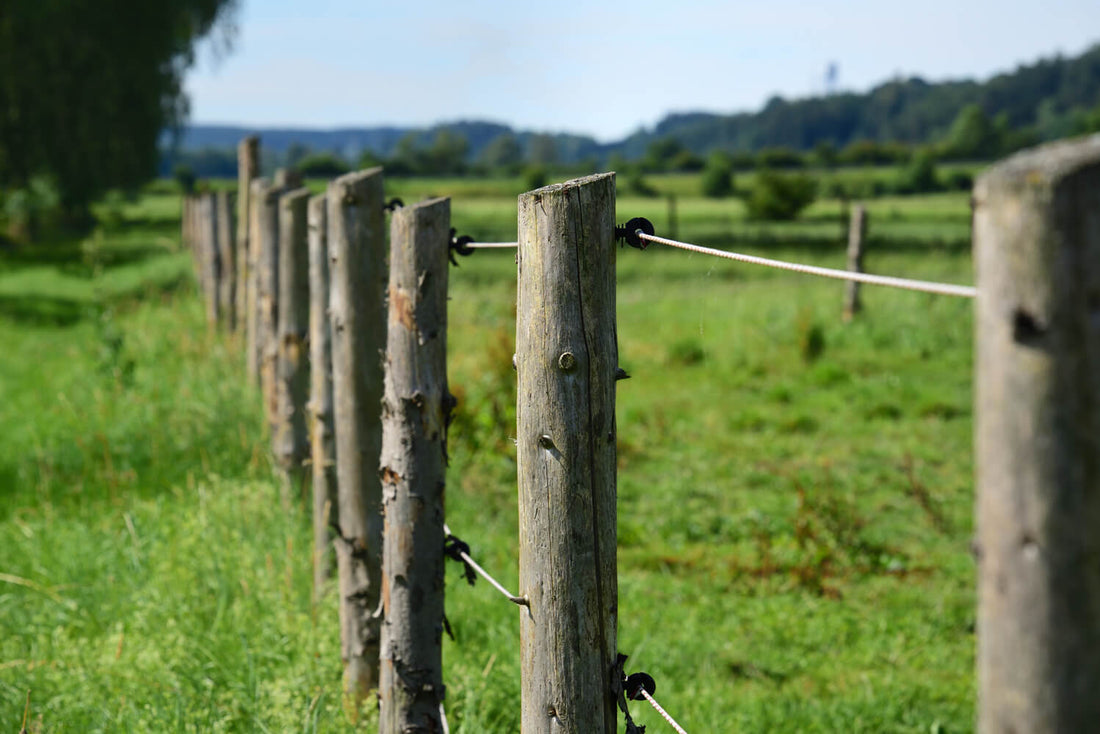on July 03, 2025

Yes: It’s safe and practical, if done right
Electrifying a wooden fence isn’t just possible, it’s a smart, cost-effective solution for farmers, smallholders, and horse owners who want better control without replacing existing fencing.
1. Types of Insulators You’ll Need
To convert your wooden fence into an electric one, you must keep live wires from touching the wood. Use appropriate insulators, such as screw-in, off-set, tube, or stand-off styles, to secure conductors safely without letting them make contact. These prevent shorts and help maintain proper fencing performance.
2. Maintain Proper Conductor Tension
A tense wire stays clear of posts and vegetation. If your conductor droops or brushes wood, it can short out or lose voltage. Consider inline tensioners or corner pulleys to keep lines taut and effective.
3. What Conductors to Use
• Rope and tape are flexible and visible—great for equine use.
• Galvanised steel wire is better for long-term fences or tougher environments.
• Choose conductors designed for electrification—avoid barbed or plain wire, which can be illegal and dangerous.
4. Energiser & Earth System Requirements
An electrified wooden fence needs both a power source (mains, solar/battery) and a reliable earthing system. If the fence runs along a wooden line, ensure additional earth stakes are in the ground to complete the circuit effectively, especially in dry or rocky soils.
5. Ideal For Livestock & Paddocks
Electrified wooden fences are perfect for:
- Horse paddocks and stables, adds a behavioral barrier to deter chewing and rubbing.
- Existing stock fences, fence livestock without tearing down wooden posts.
- Mixed systems, add electrified strands along wooden or rail fences to boost containment and control.
Avoid Barbed Wire Electrification
Don’t electrify barbed wire. UK regulations forbid it: it’s dangerous, highly illegal, and can cause severe injury.
Step-By-Step Conversion Summary
- Choose quality insulators based on your conductor type (rope/tape or wire).
- Fix insulators to posts using nails, screws or staples.
- Thread your conductor, then tension using inline tools and maintain visibility.
- Install an appropriate energiser and robust earth system.
-
Test voltage, especially at the far end, and conduct regular maintenance (e.g., inspect insulation during wet weather).
In Conclusion
Electrifying an existing wooden fence is a savvy, efficient upgrade, giving you modern containment without rebuilding. Just follow the basics: correct insulation, tension, and earthing, and you’ll create a safe, legal, and effective electric perimeter. Have any of your own fence conversion questions? Get in touch.